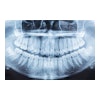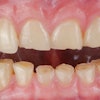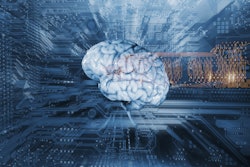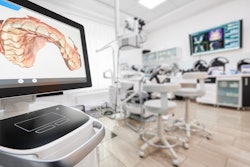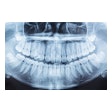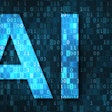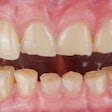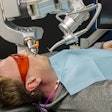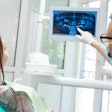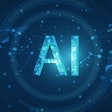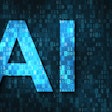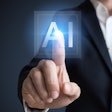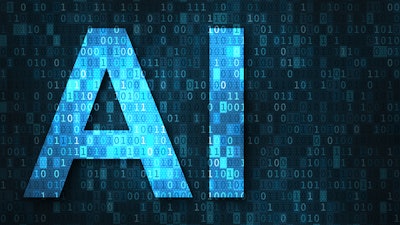
Welcome to the beginning of our three-part series on artificial intelligence (AI) in dentistry. We will review what AI is, its uses in medicine and dentistry, and its potential compliance issues.
AI is transforming the way we interact with computers and each other. Although AI offers a number of benefits, there are also a number of concerns that must be considered.
But what is AI and how can dental team members better understand its uses, possibilities, and issues?
AI in its basic form relies on computers, algorithms (mathematical concepts and rules), and data. It is multifaceted and incorporates a number of subsets, including natural language processing, machine learning, and deep learning, to name a few. Generative AI, such as OpenAI’s program ChatGPT, uses a large language model to produce general conversational understanding and information, thereby creating new content.
AI "learns" through the use of algorithms, where the algorithms are programmed to process data and make decisions following specific rule sets. The training process continually interprets, identifies, and selects appropriate data.
However, AI is not perfect and lacks appropriate "judgment." For example, when you watch specific types of programs on streaming services, the AI of the streaming service selects similar types of programs for your enjoyment, based on your previous choices. However, the programs selected by AI may not be of interest to you at all.
AI’s strengths include the following:
- Reduces human error
- Mitigates risk
- Is always available
- Helps with repetitive work
- Is faster, usually more reliable, and can be used to calibrate clinicians for accuracy and consistency
In some cases, the negatives can often outweigh the benefits. The drawback of AI include the following:
- High cost to create and maintain
- Lack of emotion and creativity
- High energy consumption
- Potential for biases, errors, and misuse of information
AI has passed medical and legal tests better than a human, but it also can produce inaccurate information in that process. It can create or “see” things that do not exist (referred to as a false positive), or it may miss things that are actually present (false negative). The false positive/false negative quandary is especially of concern in healthcare and dentistry.
AI is not something new; it has existed in its basic form since World War II and the early 1950s and has been used in healthcare for a number of years. From image diagnosis to fraud detection, treatment design, and drug creation, AI’s healthcare focus is to elevate patient care while improving organizational goals.
Yet, when AI is used for treatment or diagnostic purposes, the U.S. Food and Drug Administration (FDA) clearly defines its role in the process. If the AI program is being used to treat, diagnose, drive clinical management, or inform clinical management, the program is considered software as a medical device (SaMD) and must be cleared by the FDA. There are a number of cleared medical devices and products currently available that are considered SaMD. These include the following:
- Image analysis (using machine learning and deep-learning subsets/models), e.g., CT scan analysis
- Disease monitoring (using machine learning, deep learning and neural network subsets/models), e.g., electrocardiogram monitoring
- Patient wearables (using computer vision, natural language processing subsets/models), e.g., glucose monitors
- Surgical robotic assistants (using natural language processing, machine learning, neural networks, and robotic subsets/models), e.g., prescription dispensing
Now that we have investigated basic AI and its uses in medicine, our next segment will review current uses in dentistry. Look for that next week on DrBicuspid.com.
Linda Harvey, MS, RDH, began her career in healthcare as a dental hygienist. Since that time, she’s become a nationally recognized dental risk management and corporate compliance expert. Linda is the founder of the Dental Compliance Institute, an exclusive compliance membership group for dental service organizations and private practices. Harvey has been recognized as a distinguished fellow by the American Society for Healthcare Risk Management.
Ann-Marie C. DePalma, CDA, RDH, MEd, is a graduate of the Forsyth School for Dental Hygienists, Northeastern University, and the University of Massachusetts Boston. She is a fellow of the Association of Dental Implant Auxiliaries, a fellow of the American Academy of Dental Hygiene, a continuous member and fellow of the American Dental Hygienists’ Association as well as a lifetime member of the American Association of Dental Office Management. She is the 2017 Esther Wilkins Distinguished Alumni of Forsyth Award recipient.
The comments and observations expressed herein do not necessarily reflect the opinions of DrBicuspid.com, nor should they be construed as an endorsement or admonishment of any particular idea, vendor, or organization.
